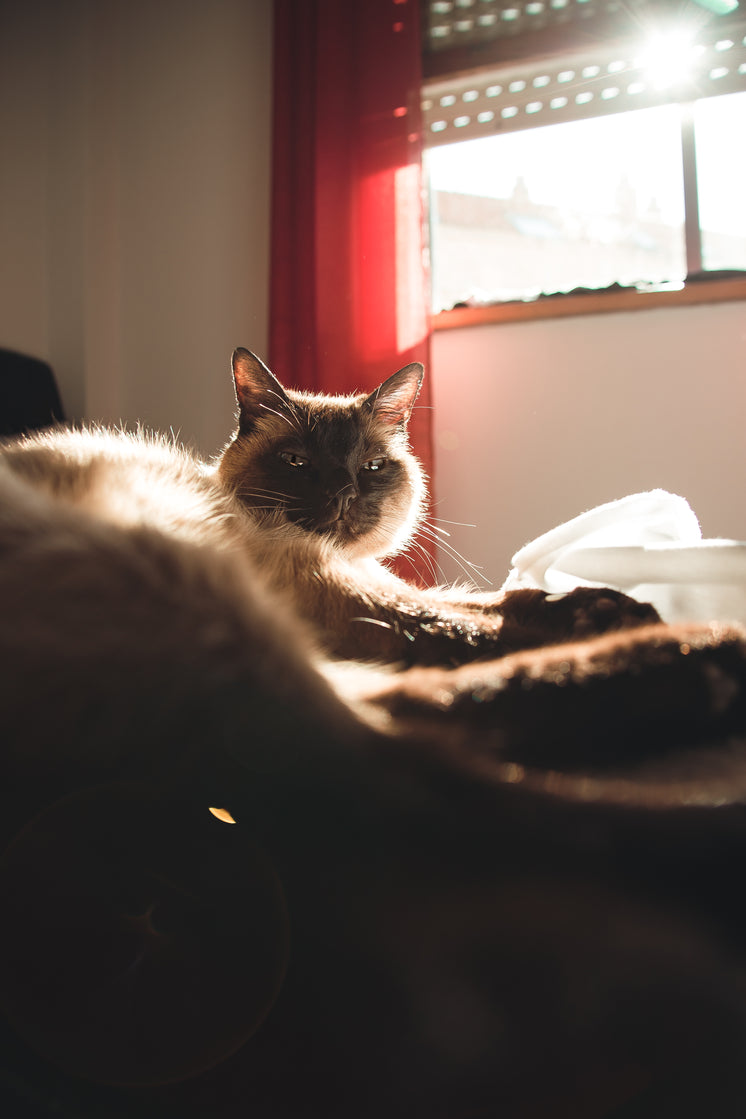Changing Cat Litter: Innovations and Patterns
Changing Cat Litter: Innovations and Patterns
Blog Article

Cat litter and litter boxes play a pivotal function in the lives of both felines and their owners. From the humble beginnings of sand and soil to the ingenious advancements of today, the world of cat litter has actually progressed significantly. In this extensive guide, we dig into every element of cat litter and litter boxes, exploring their history, types, advantages, challenges, and everything in between.
The history of cat litter dates back centuries, with ancient civilizations using sand, soil, and even ashes as primitive litter materials. However, it wasn't up until the mid-20th century that contemporary cat litter as we know it emerged. In 1947, Edward Lowe presented the world's very first business cat litter made from absorbent clay, revolutionizing the way cats relieved themselves indoors. Ever since, cat litter has undergone numerous changes, with the introduction of clumping litter, silica gel litter, naturally degradable choices, and more.
Today, cat owners are spoiled for choice when it comes to selecting the right litter for their feline companions. Traditional clay litter remains popular for its affordability and effectiveness in absorbing odors. Clumping litter, which forms solid clumps when wet, streamlines cleansing and upkeep. Silica gel litter, made up of highly absorbent silica crystals, offers superior smell control and durability. Eco-friendly alternatives, such as recycled paper, wood pellets, corn, and wheat, interest ecologically conscious customers.
Each kind of cat litter provides distinct advantages. Clay litter masters its capability to soak up moisture and control odors, making it a reputable choice for numerous cat owners. Clumping litter streamlines everyday scooping and extends the time between complete litter modifications. Silica gel litter offers exceptional Modern Litter Boxes smell control and can last longer in between replacements. Naturally degradable litters offer a sustainable option that lessens environmental effect.
While cat litter improves indoor feline hygiene, it is not without its obstacles. Dust from clay litter can present respiratory threats for both felines and humans, triggering the popularity of dust-free options. Some felines may develop litter box aversion due to issues with texture, aroma, or cleanliness, necessitating experimentation with various litters and box configurations. Multi-cat homes may need tactical litter box positioning and frequent maintenance to avoid territorial disputes and guarantee all felines have access to clean centers.
Selecting the suitable litter box is important for promoting favorable litter box practices and total feline wellness. Elements to think about include size, availability, and design preferences. Covered litter boxes supply privacy and aid include smells, but some felines might find them restricting or intimidating. Open-top litter boxes use easy gain access to and visibility but may result in more litter scatter. Automatic self-cleaning litter boxes simplify maintenance however require regular monitoring and maintenance.
Proper litter box upkeep is crucial for guaranteeing a tidy and welcoming environment for both felines and their owners. Daily scooping eliminates waste promptly, lessening smell and discouraging litter box hostility. Routine litter replacement, generally every 1-2 weeks, avoids bacterial buildup and preserves optimum absorbency. Thorough cleaning with mild cleaning agent and water, avoiding severe chemicals that might deter cats from utilizing package, ought to be carried out monthly.
Cat litter and litter boxes cat litter tray play a central role in cultivating a healthy and harmonious relationship in between felines and their human companions. With a diverse variety of litter alternatives and litter box designs offered, feline owners have the flexibility to customize their options to suit their cats' choices and family requirements. By understanding the development, types, advantages, and challenges of cat litter and litter boxes, animal owners can supply their feline cat litter box buddies with a comfortable and sanitary indoor environment.